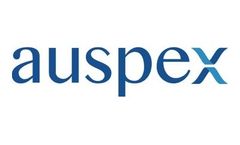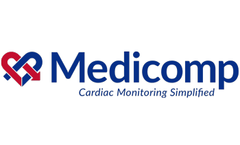Patient Training Articles & Analysis
6 articles found
I recently had the pleasure of attending the IPEG annual meeting in Sorrento, Italy. The collegiality of the surgeons attending the conference was fantastic, and the views of Sorrento and the Island of Capri were stunning. With smaller accessible markets (due to smaller patient volumes and higher incidence of rare disease), specialty areas like pediatrics have been overlooked and under-addressed ...
We excluded patients who had follow up time less than 3 years or received adjuvant therapy and had not had a recurrence, as well as patients with missing specimen blocks. ...
Depression and the vagus nerve Depression affects millions of people worldwide and constitutes a leading cause of disability. Although pharmacological interventions are available, many of them produce suboptimal outcomes due to high non-responsive rates or intolerable side effects. It has been estimated that between 20 to 40 per cent of patients either failed to respond to conventional ...
To achieve our goal of having a future surgeon workforce that meets the demands of an aging population and delivers good patient outcomes, we need training and knowledge-sharing at scale. Surgical robotics is poised to be an important part of the ...
Telemedicine, or the ability for a doctor to complete a patient examination remotely utilizing technology, is not a new concept. In fact, the concept dates back to 1925 when Hugo Gernsback published a theory that remote aperture that could be controlled wirelessly to help a doctor physically “examine” a patient. Today’s telemedicine has advanced tremendously with the advent of ...
A zero tolerance protocol should be built on three basic steps: Assess the hazards Establish best practices in MRI suite safety and patient care Educate and train all physicians, clinic and hospital staff working in the MRI suite Such a protocol will produce an educated and safety-aware MRI medical team that can develop, implement and maintain an ...




![Robotic surgery’s impact on training the next generation of surgeons [PODCAST] Robotic surgery’s impact on training the next generation of surgeons [PODCAST]](https://d32zuqhgcrpxli.cloudfront.net/eyJidWNrZXQiOiJlZS1maWxlcyIsImtleSI6ImZpbGVzLzExNTYwMi9pbWFnZXMvMTE1NjAyXzBfMjAyMTA0MjAwNTEzMjc5OTUzOTIzXzQwMC5wbmciLCJlZGl0cyI6eyJyZXNpemUiOnsiZml0IjoiY29udGFpbiIsImJhY2tncm91bmQiOnsiciI6MjU1LCJnIjoyNTUsImIiOjI1NSwiYWxwaGEiOjF9LCJ3aWR0aCI6MjQwLCJoZWlnaHQiOjE0NX19fQ==)

